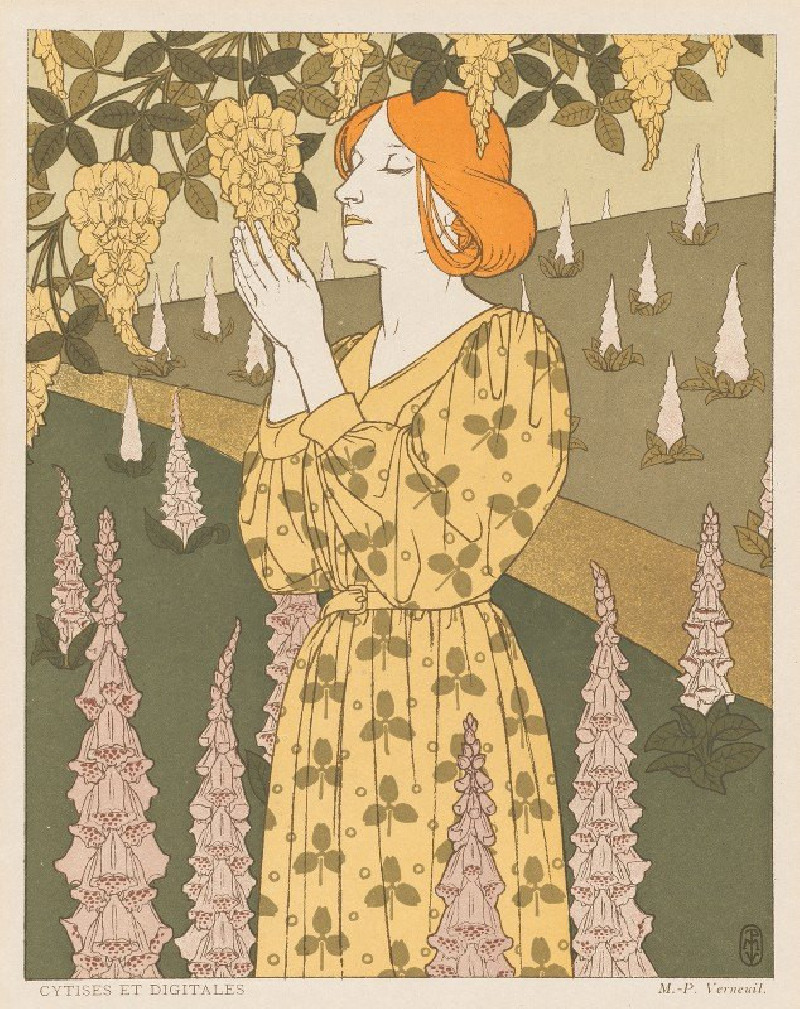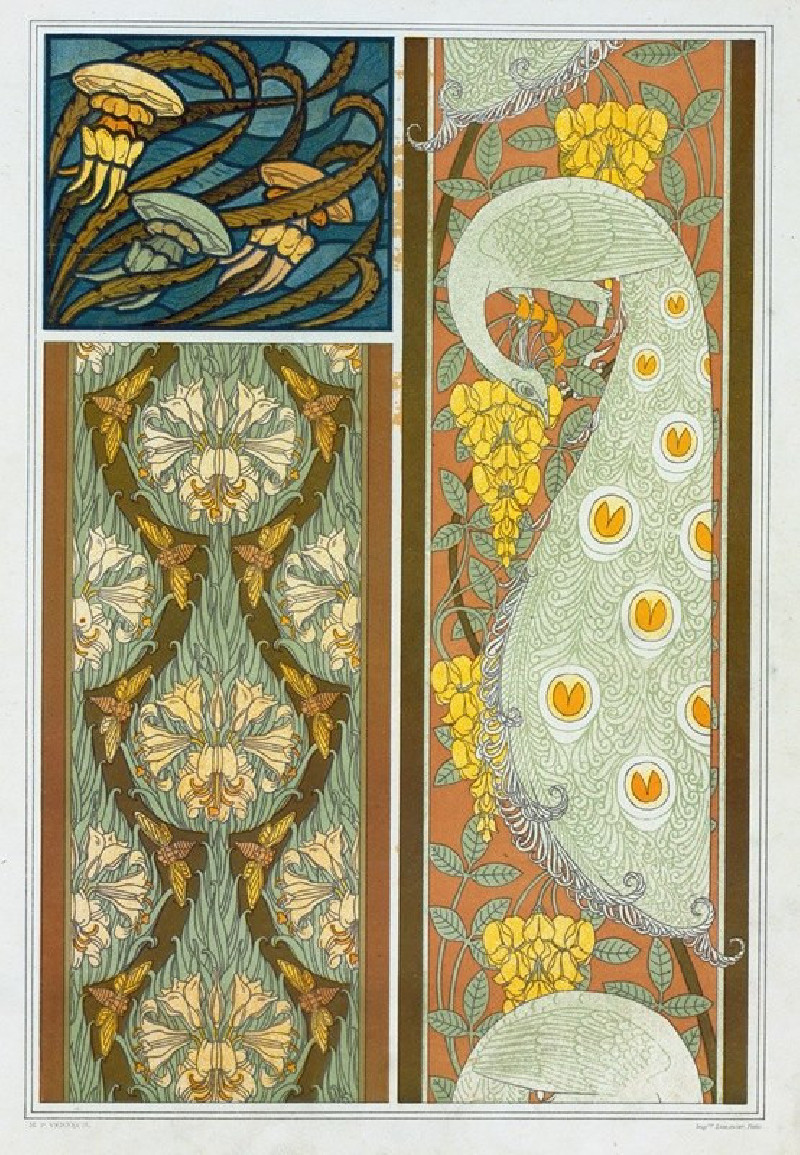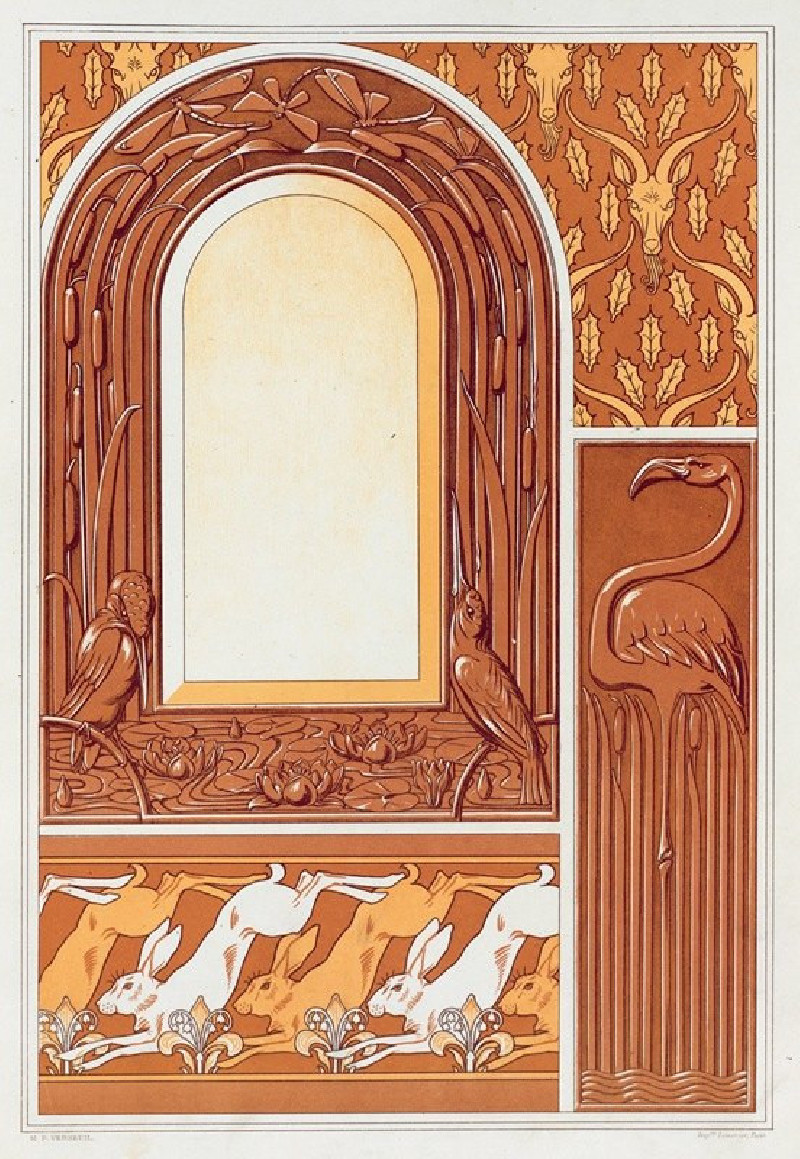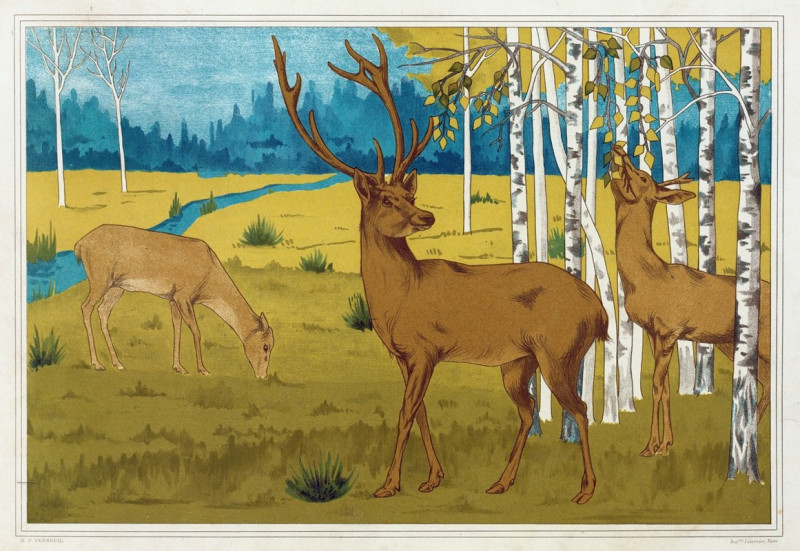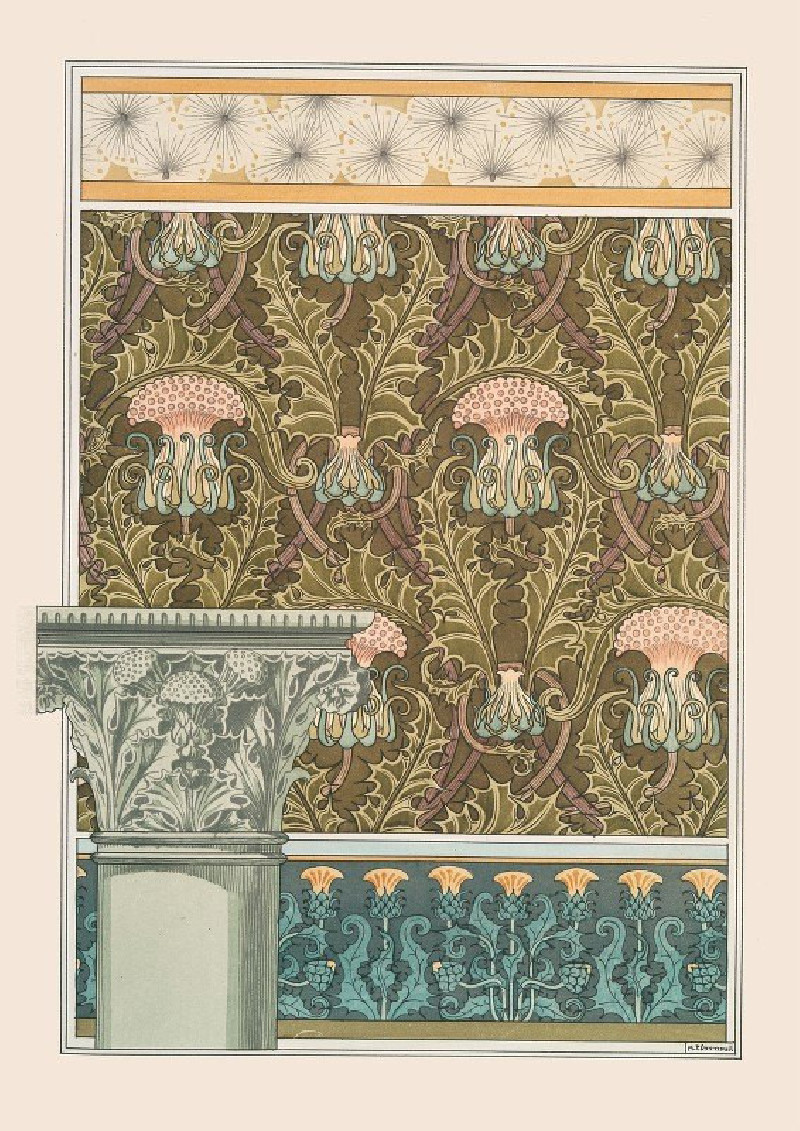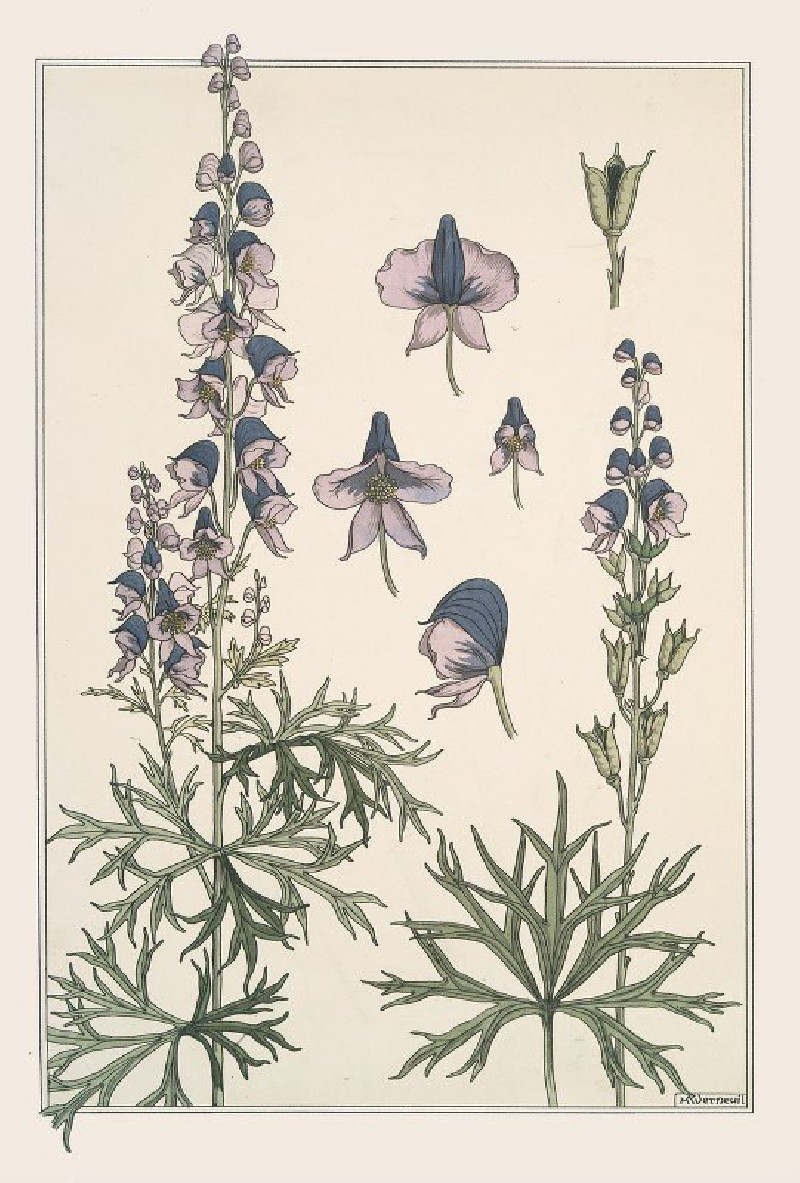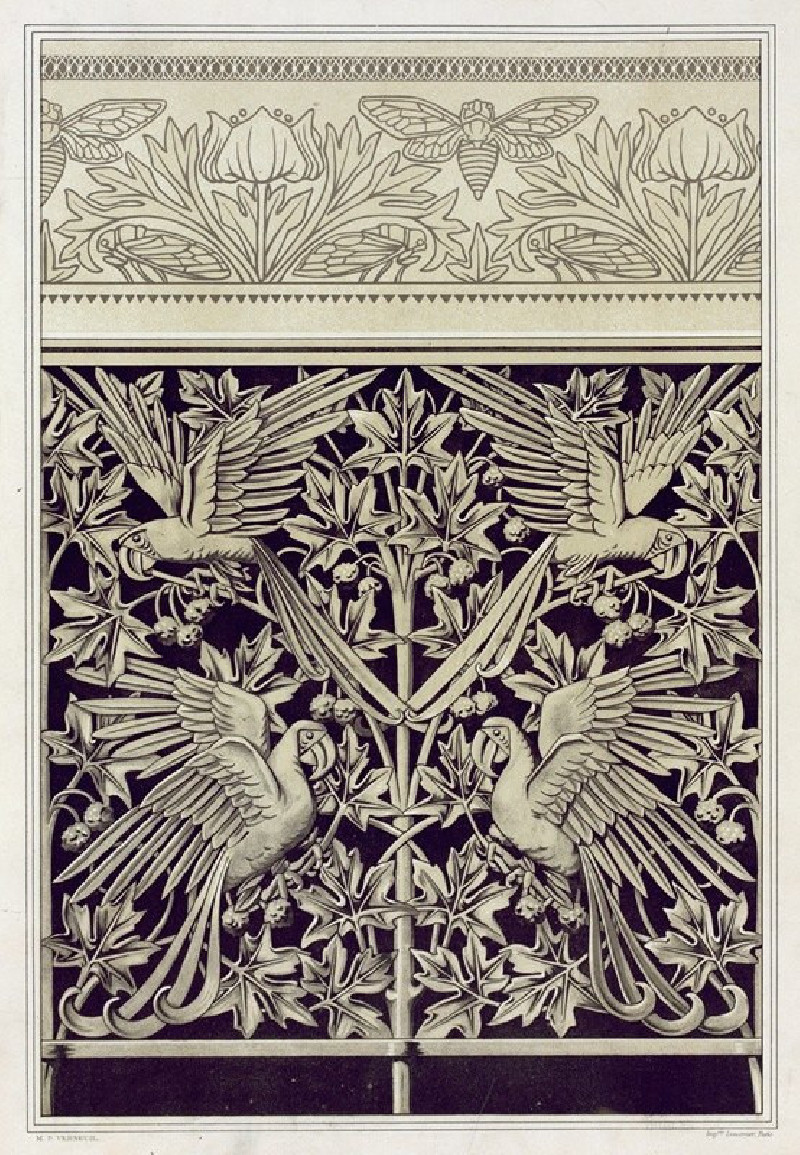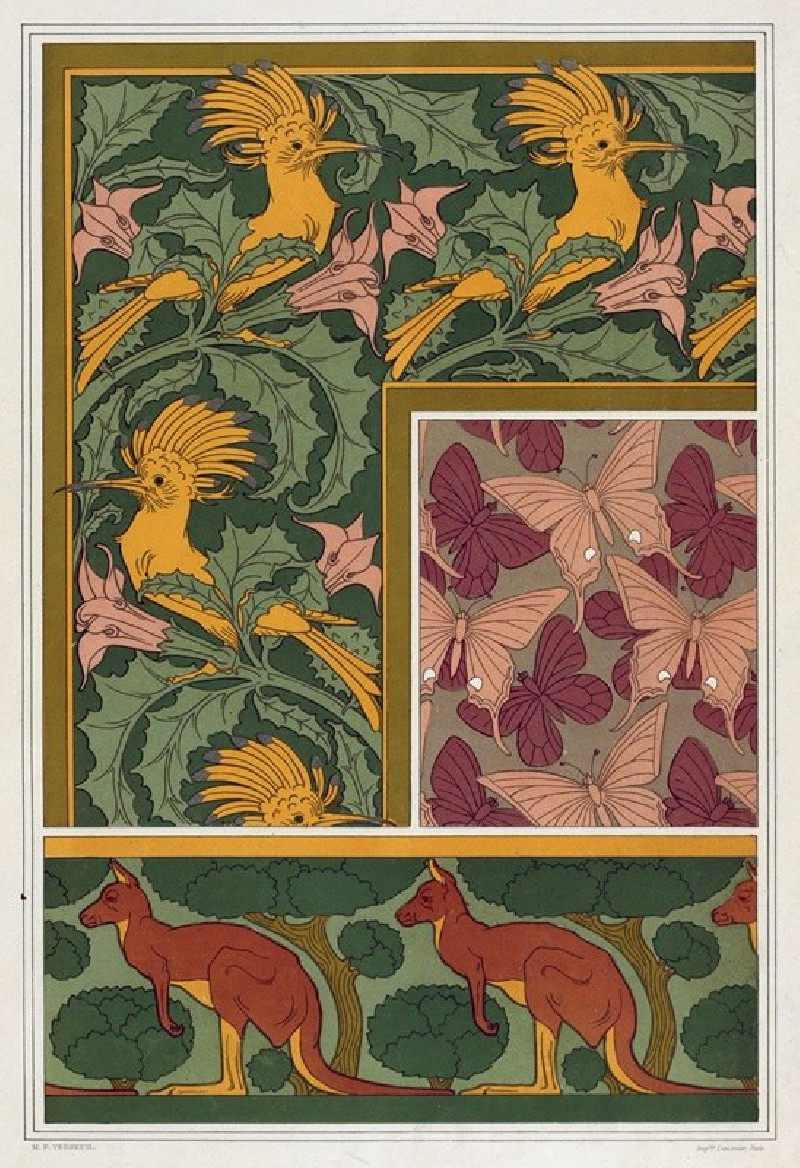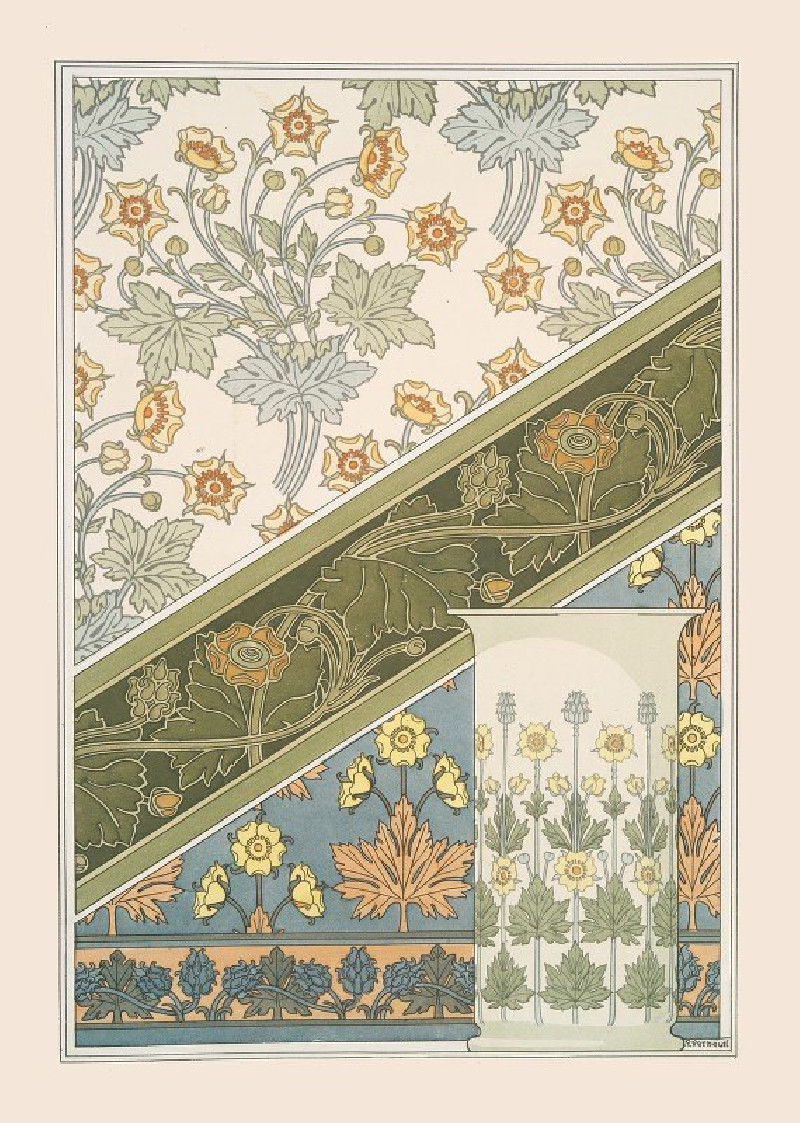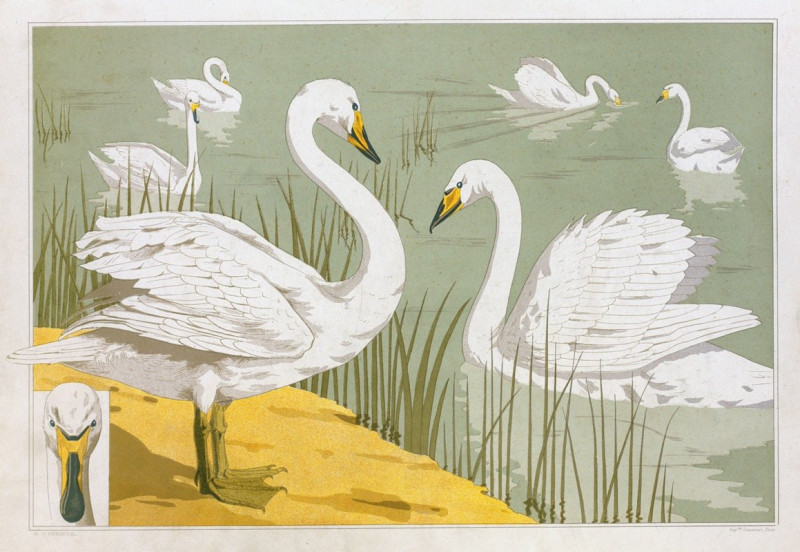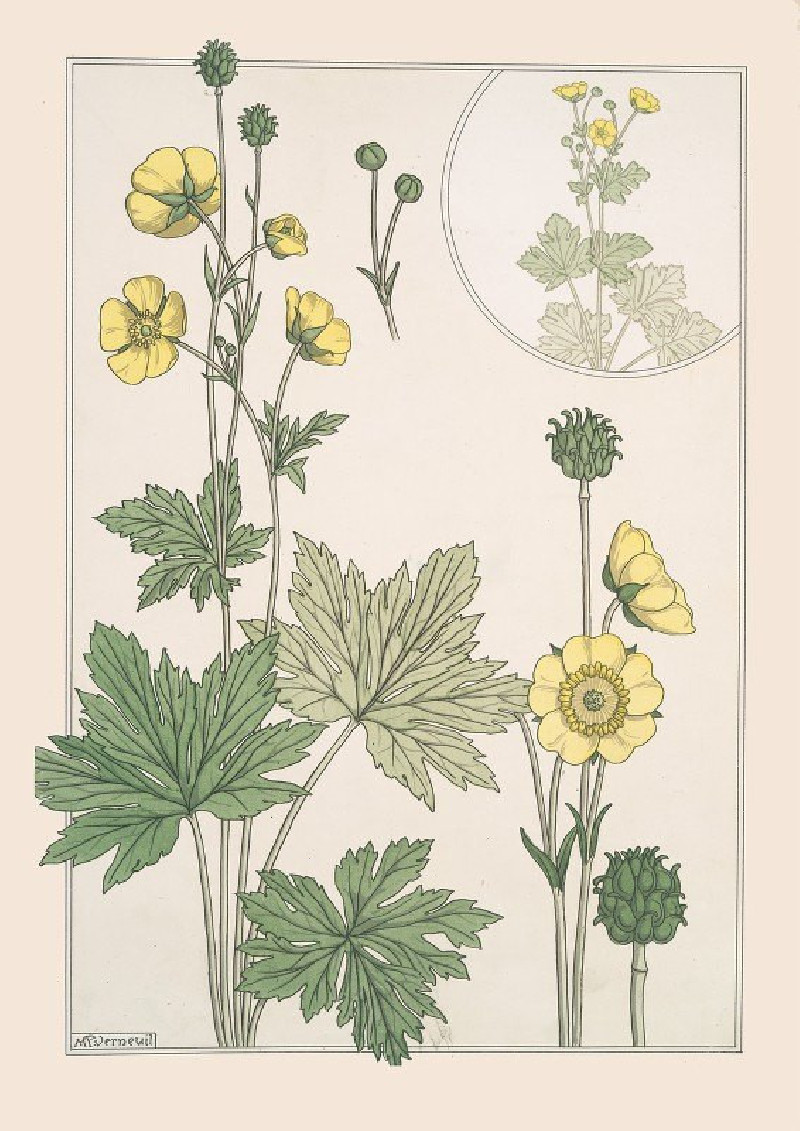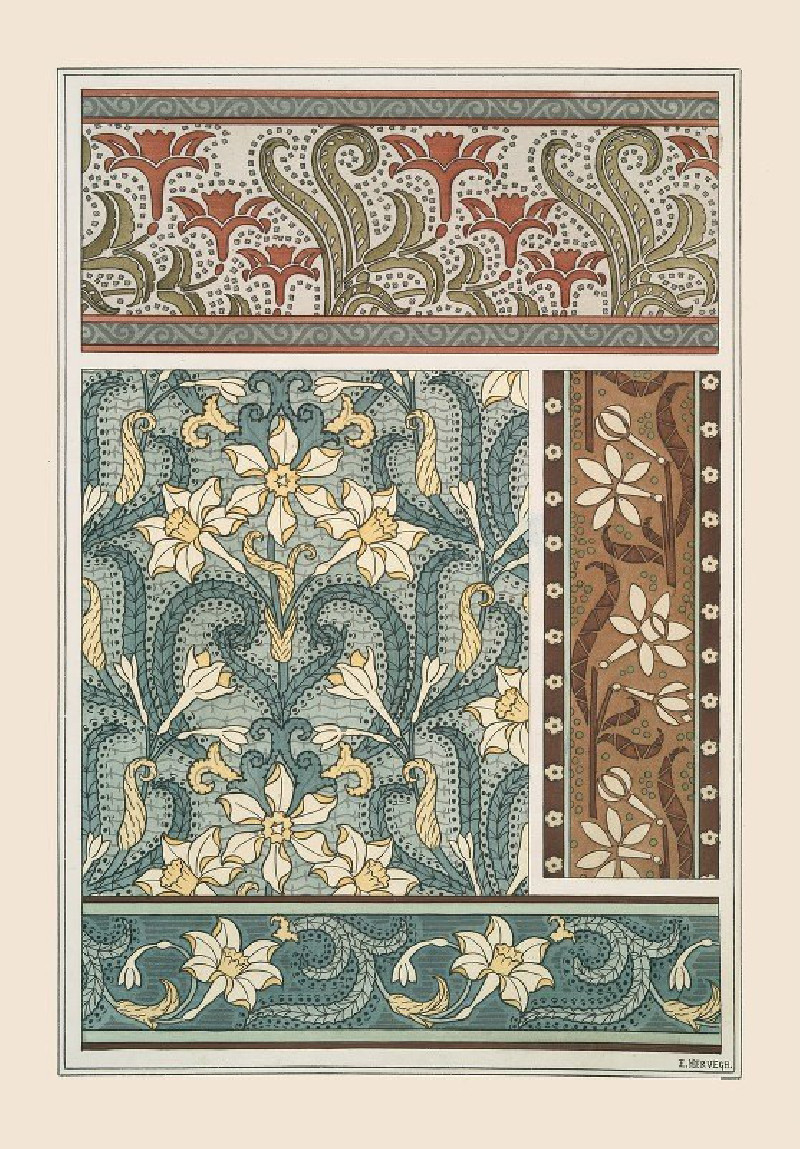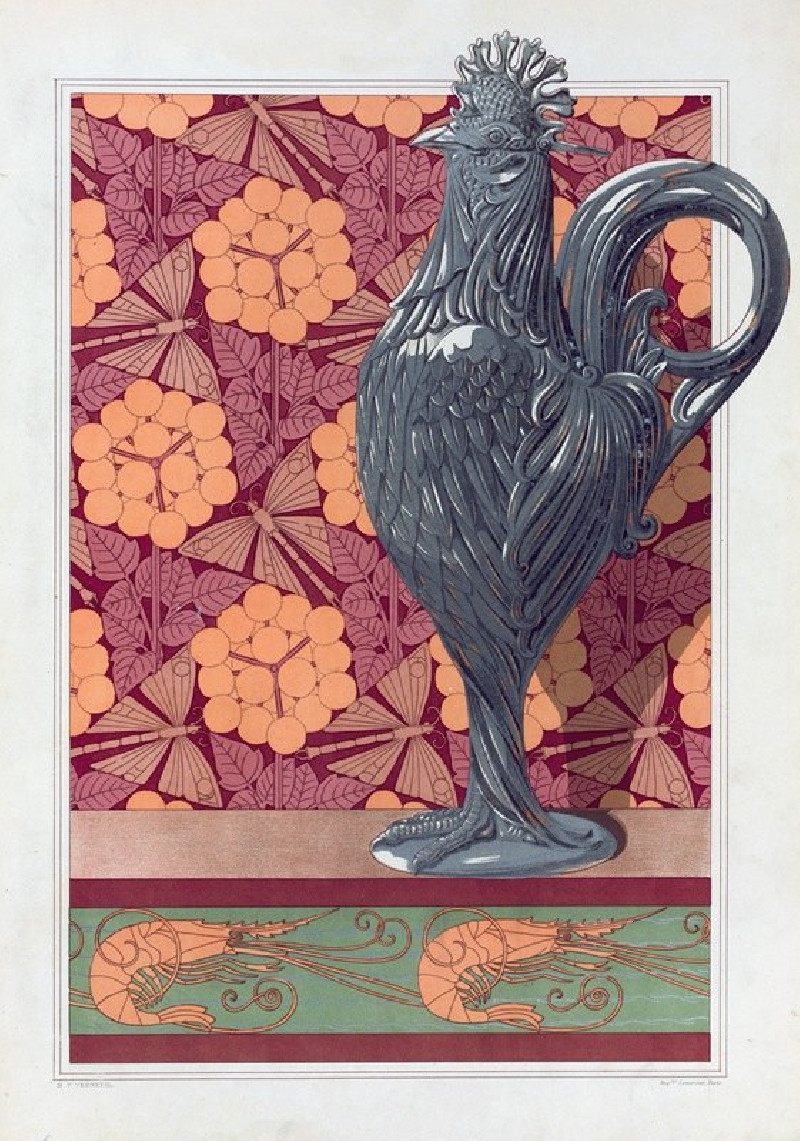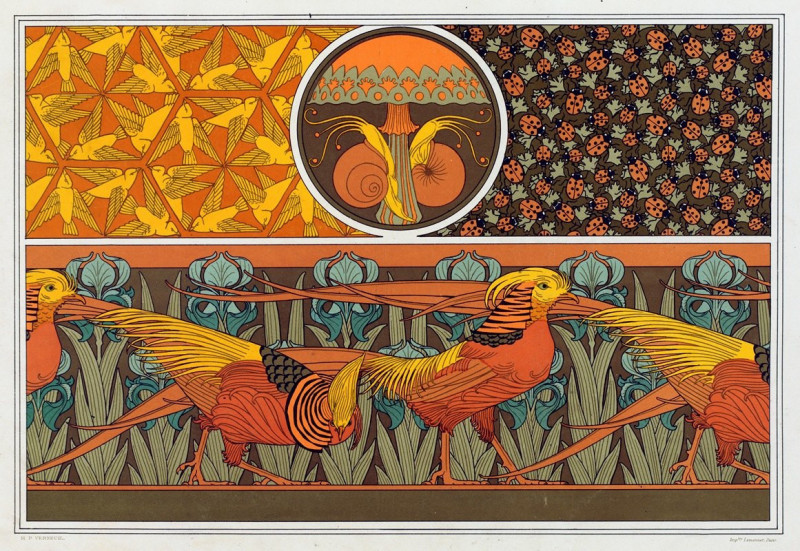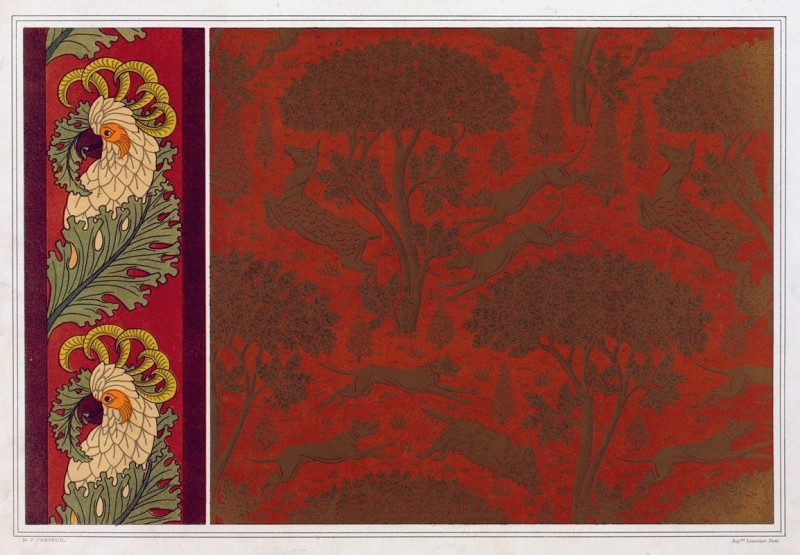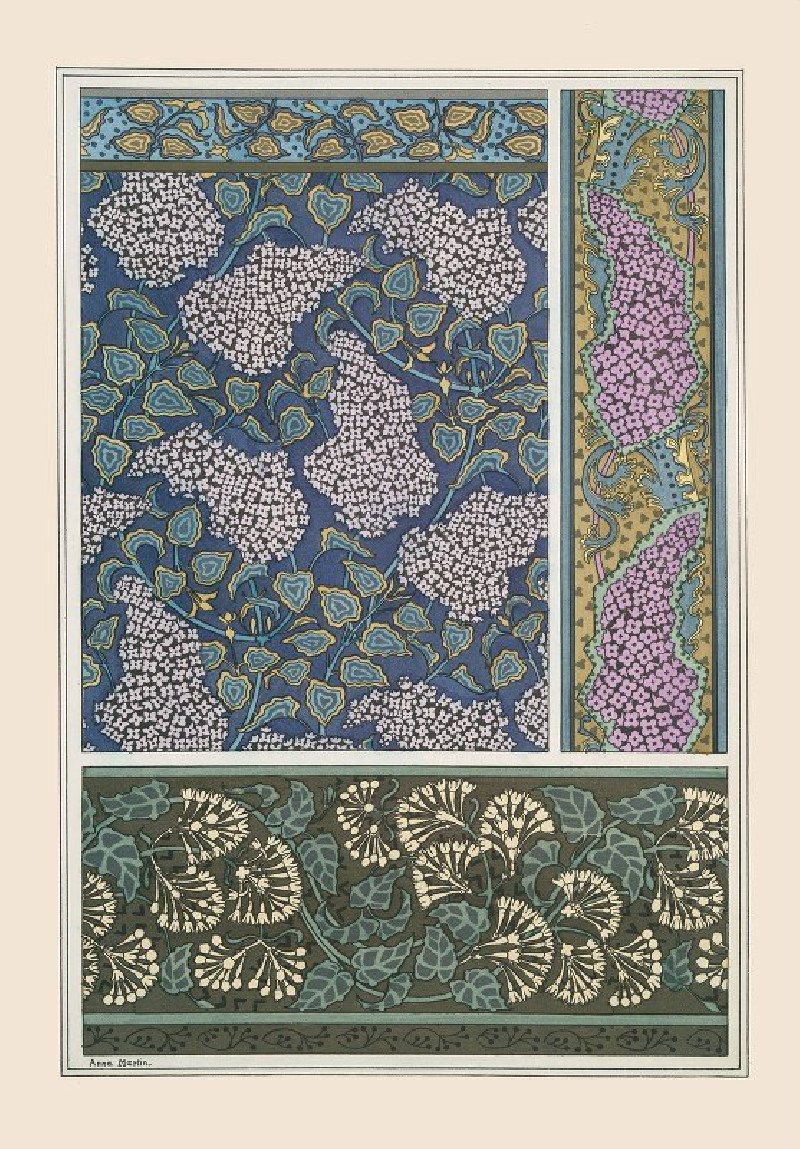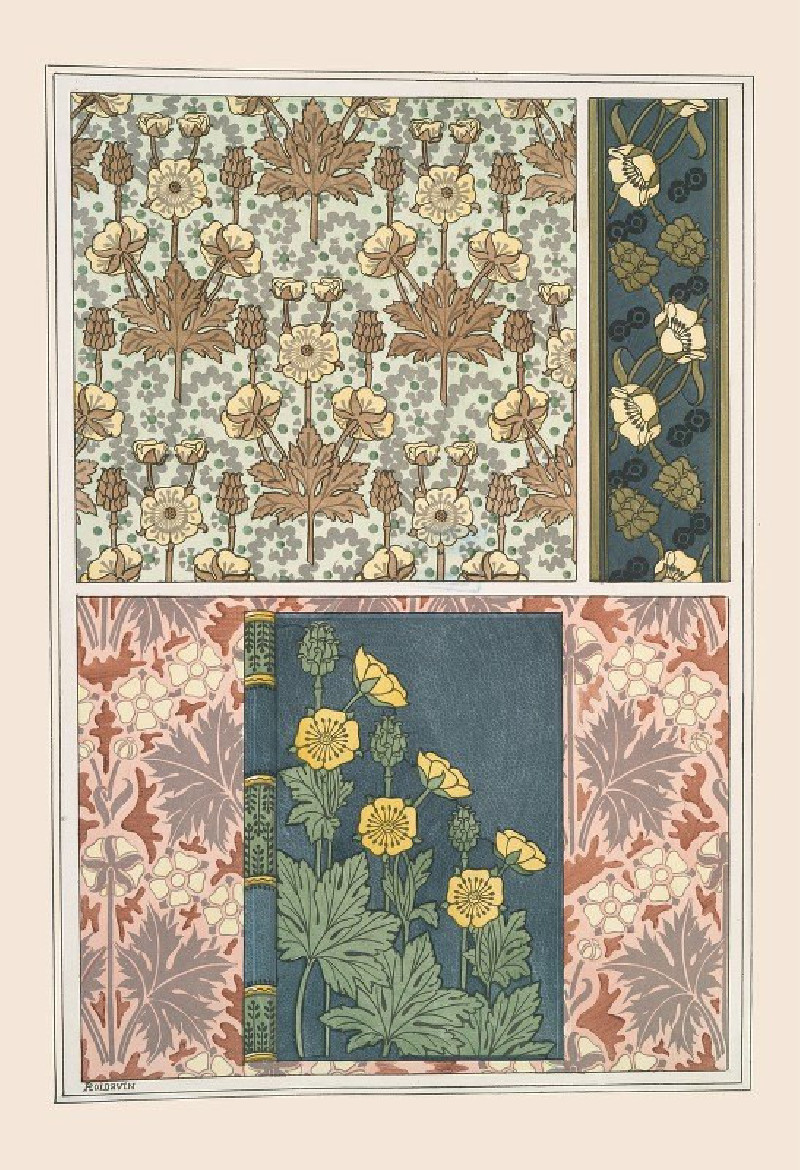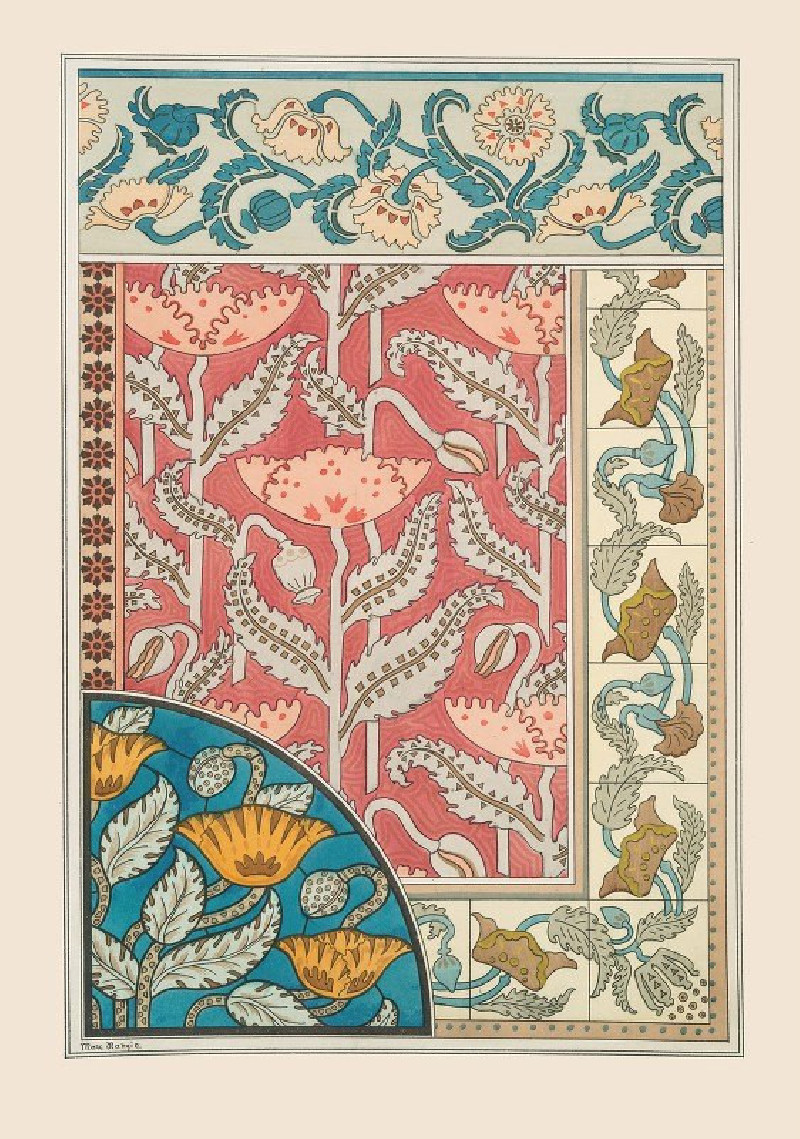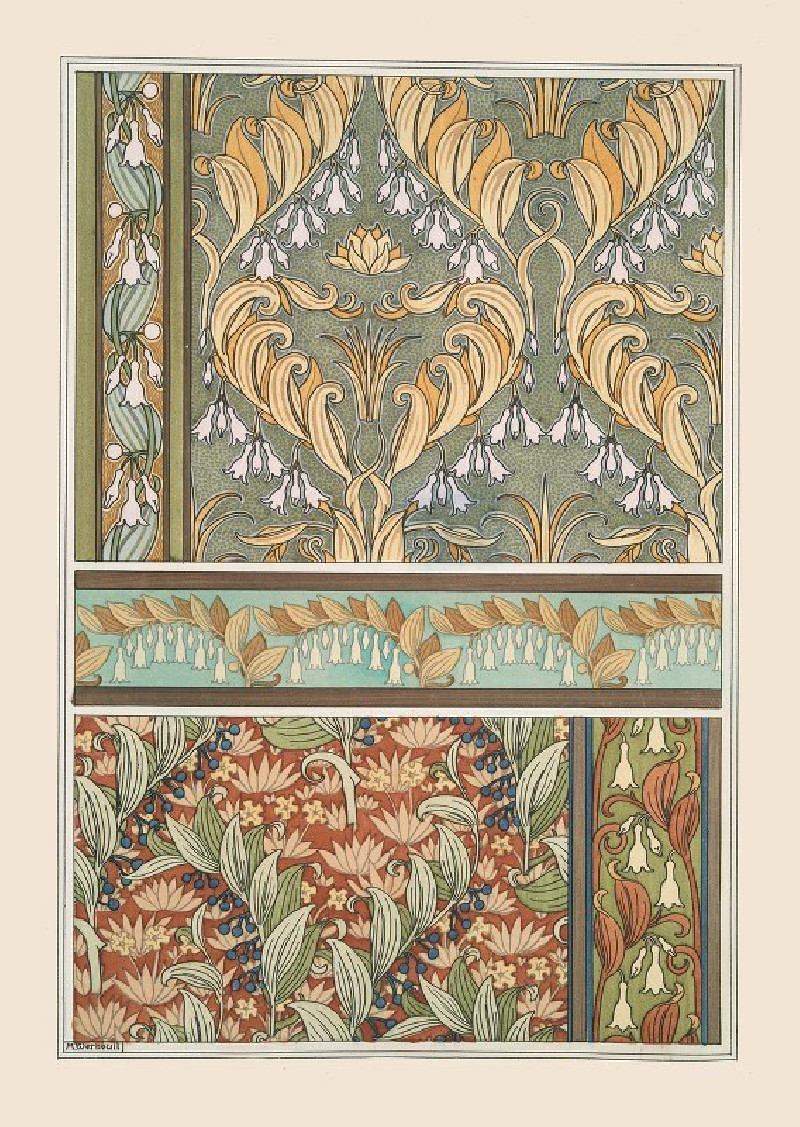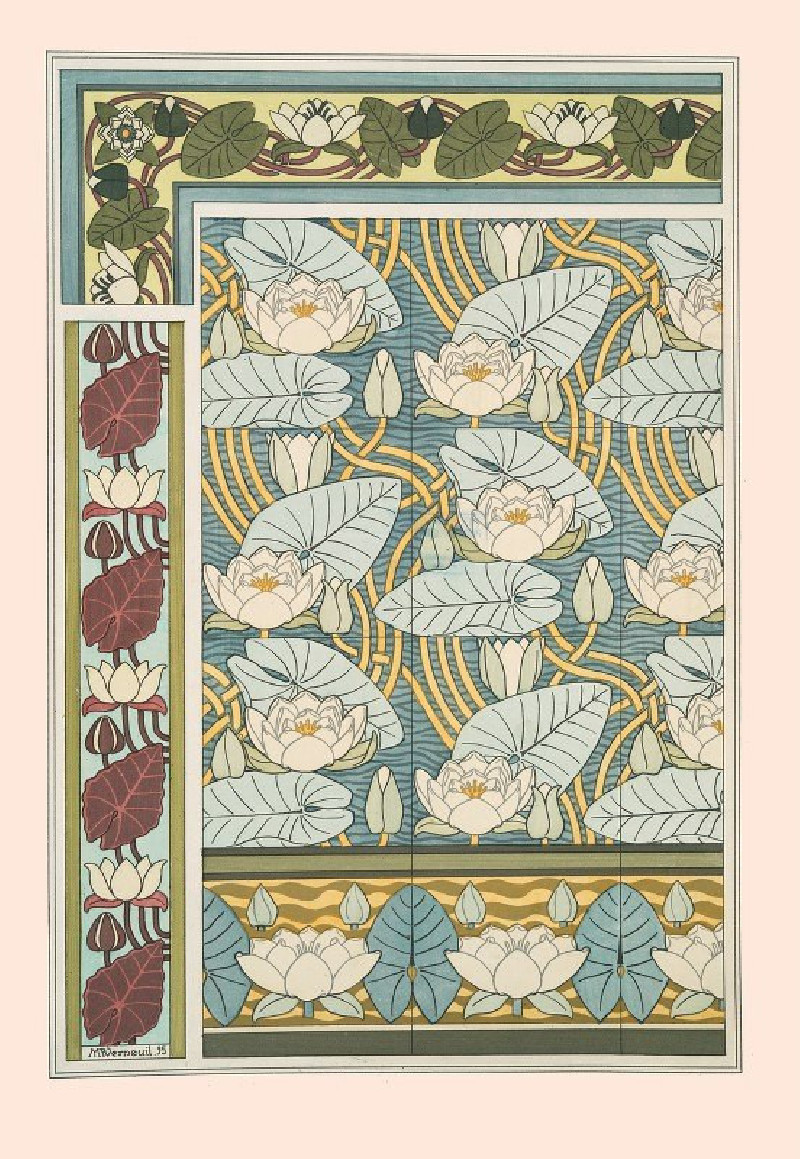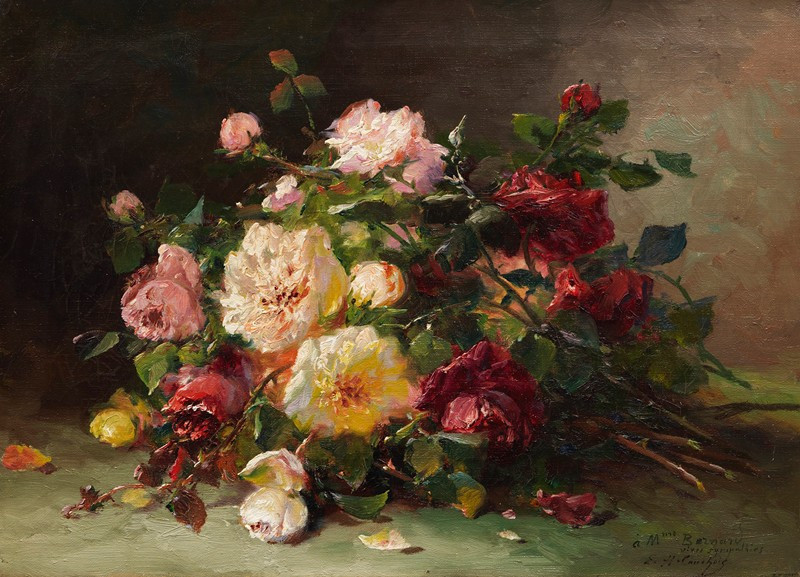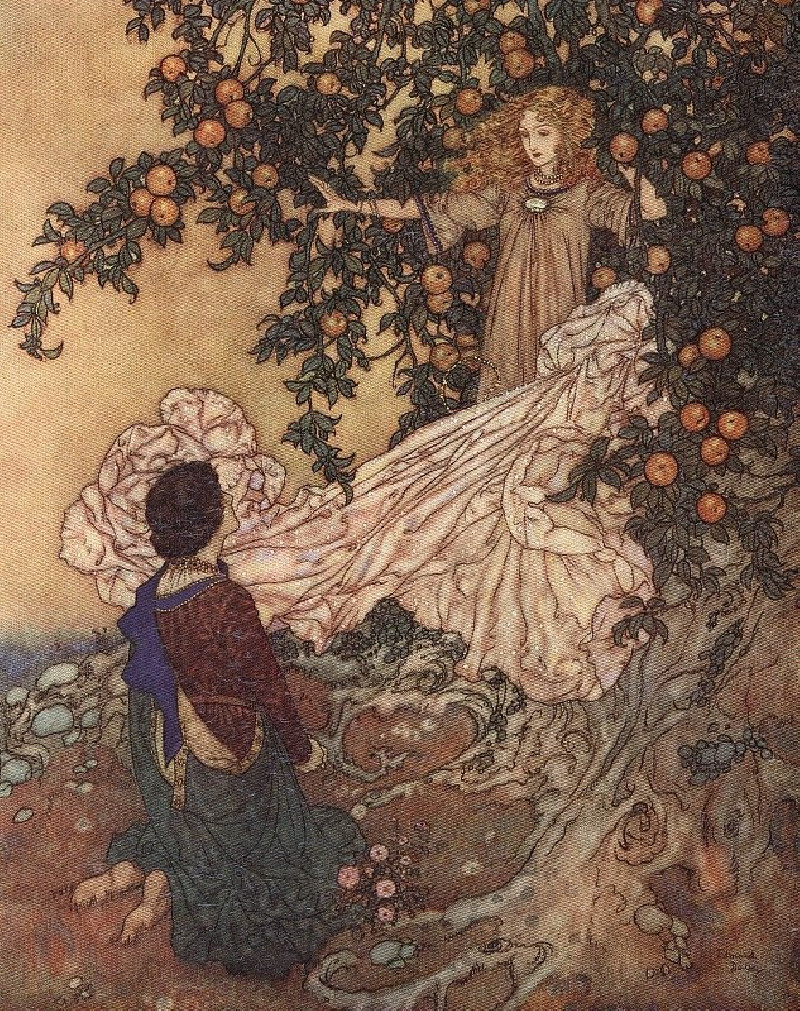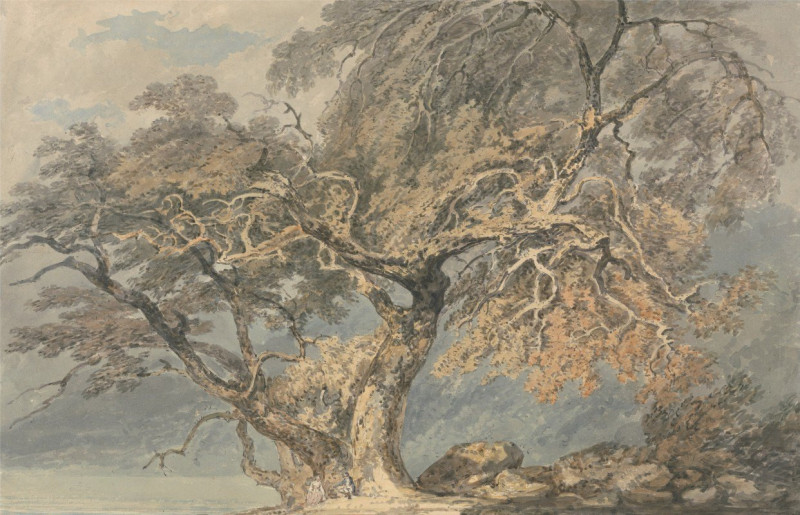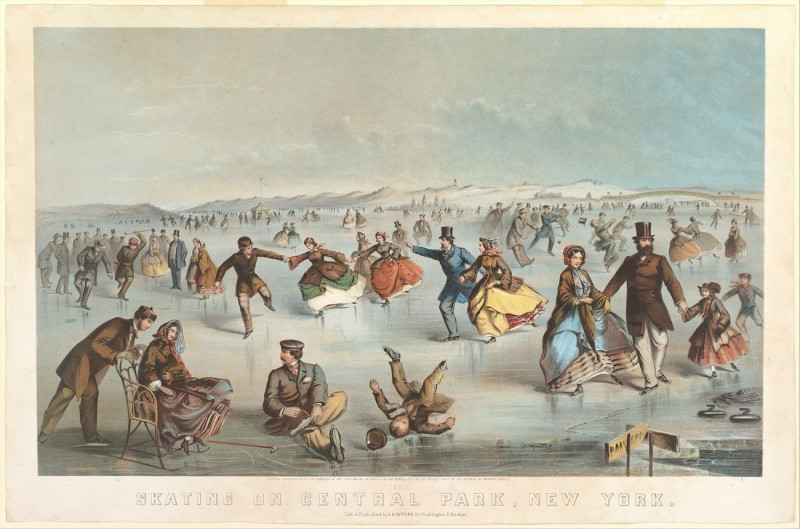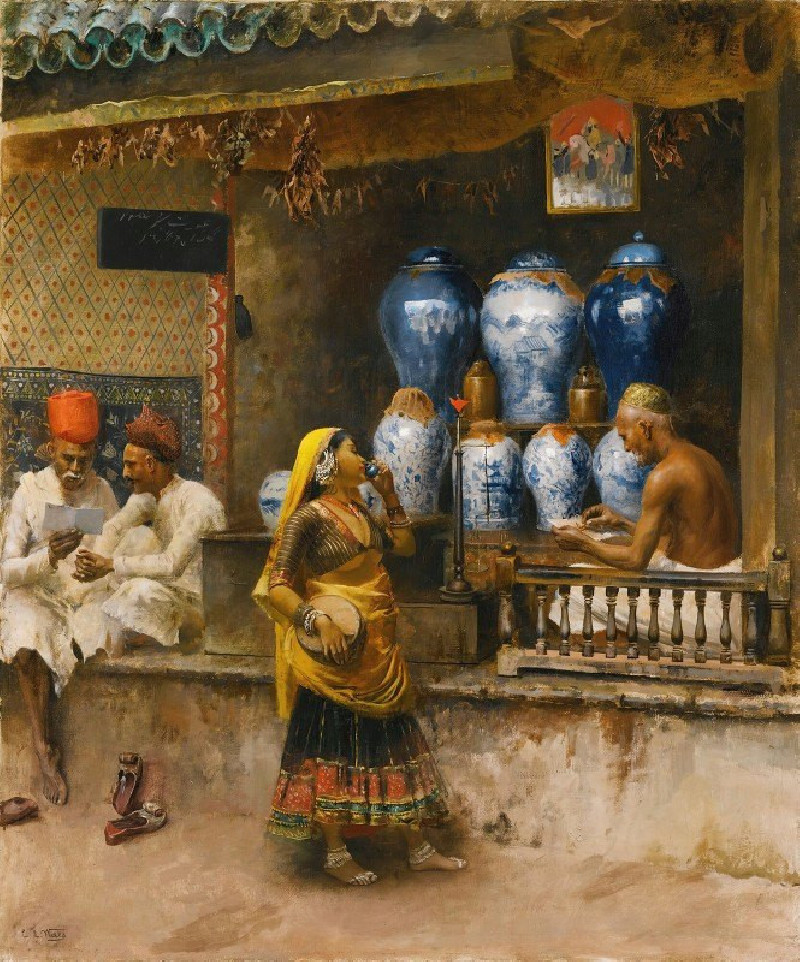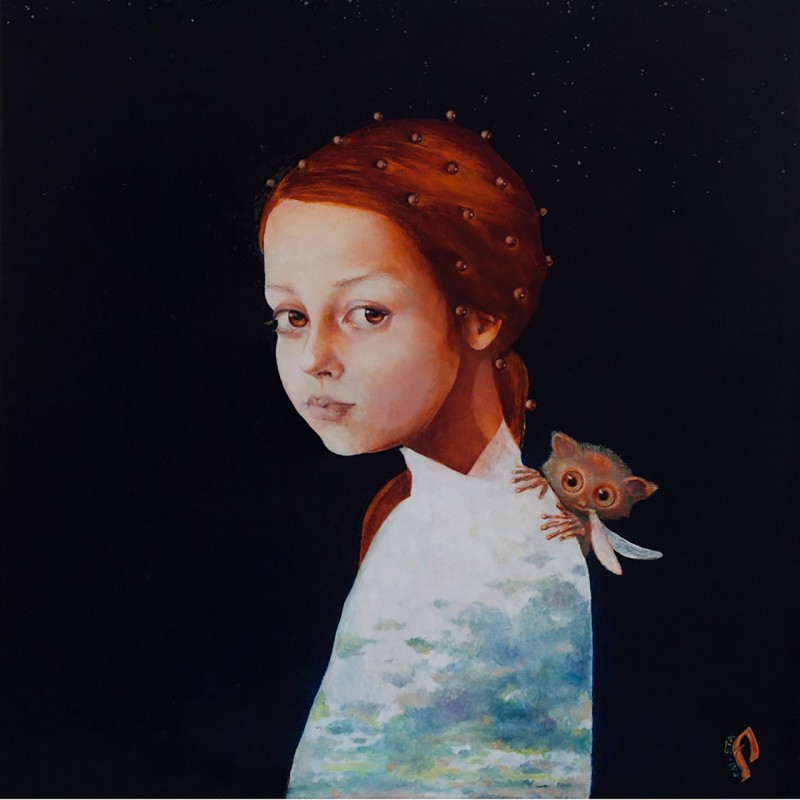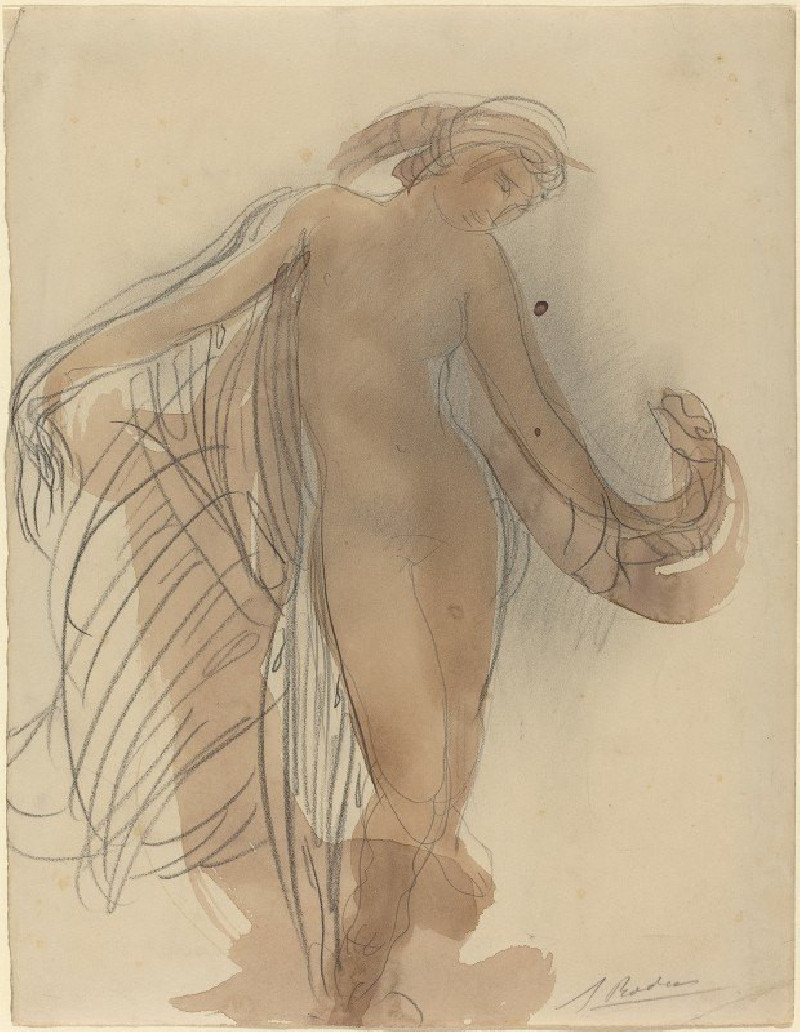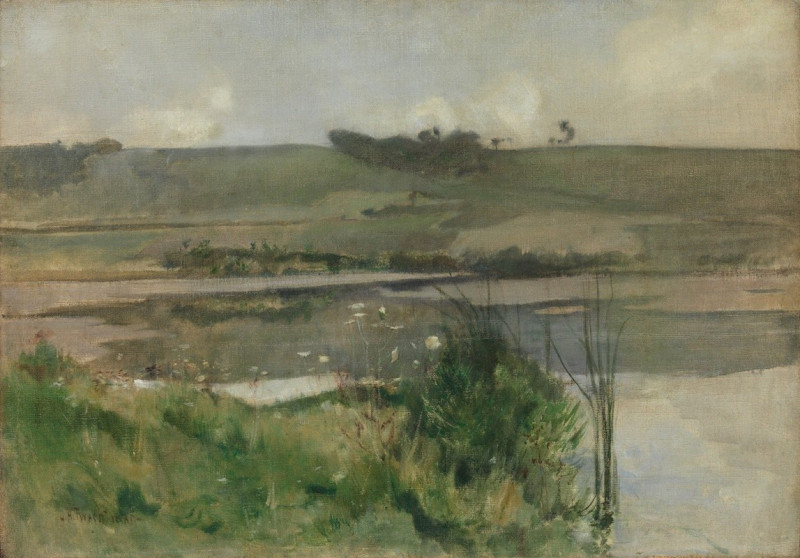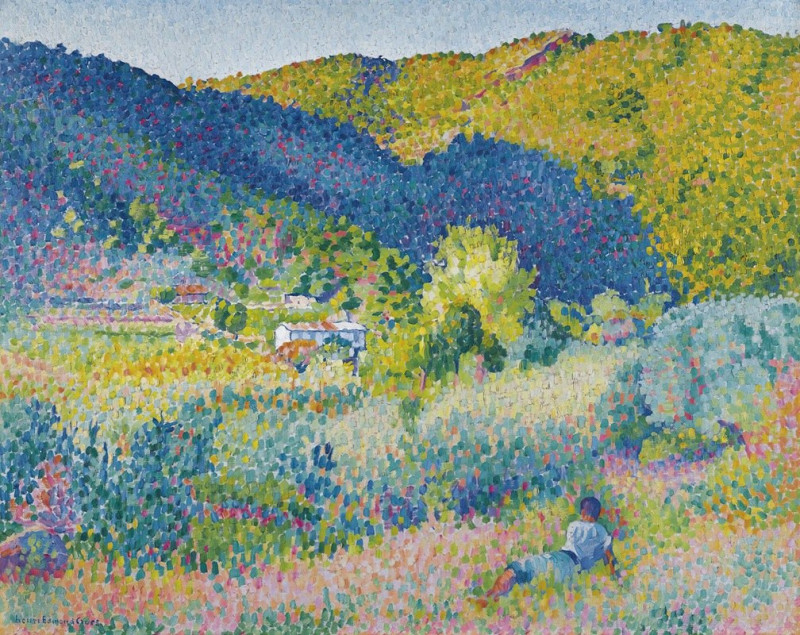Aconit 3 (1896)
Technique: Giclée quality print
Recommended by our customers
More about this artwork
Maurice Pillard Verneuil’s “Aconit 3” from 1896 is an exquisite portrayal of nature’s delicate forms through the Art Nouveau style, renowned for its sinuous lines and intricate details. This artwork showcases a sophisticated use of pattern and color, capturing the viewer’s eye with its botanical motifs.The painting is divided into different sections, each filled with unique compositions of plants and flowers intertwined with elegant design elements. On the left, we see vertical panels with a cascade of white and green floral patterns against deep and vibrant backgrounds, suggesting the growth and vitality of nature.The larger central section indulges in a rich tapestry of intertwined flora, set against a muted earthy backdrop. These elements are meticulously layered, creating a sense of depth and abundance. Tiny blossoms sprinkle the entirety, accompanied by detailed leaves and swirling tendrils, demonstrating Verneuil’s keen eye for nature’s intricate patterns.Finally, the painting includes a lower panel featuring cool blue hues with darker floral motifs, which provides a refreshing contrast to the warmer tones above. This segment introduces a more stylized approach with its dynamic, swirling forms, embodying the fluidity and dynamic curves typical of Art Nouveau.“Aconit 3” is not just a celebration of natural beauty but also an impressive example of Maurice Pillard Verneuil’s skill in harmonizing color, line, and form. It invites viewers to delve into a lush, imaginative world where nature’s forms are transformed into artistic expressions. Such works highlight Verneuil’s contribution to decorative art and his enduring influence on the aesthetics of his time.
Delivery
Returns
Maurice Pillard Verneuil was a French artist and decorator in the Art nouveau movement. He was born in Saint-Quentin, France. Maurice Pillard Verneuil learned his trade from the Swiss designer Eugène Grasset. Maurice Pillard Verneuil then went on to become a well-known artist and designer. He was inspired by Japanese art and nature, particularly the sea. He is known for his contribution to the art deco movement and, in particular, his use of bold, floral designs in ceramic tiles, wallpapers and other furnishing textiles.




